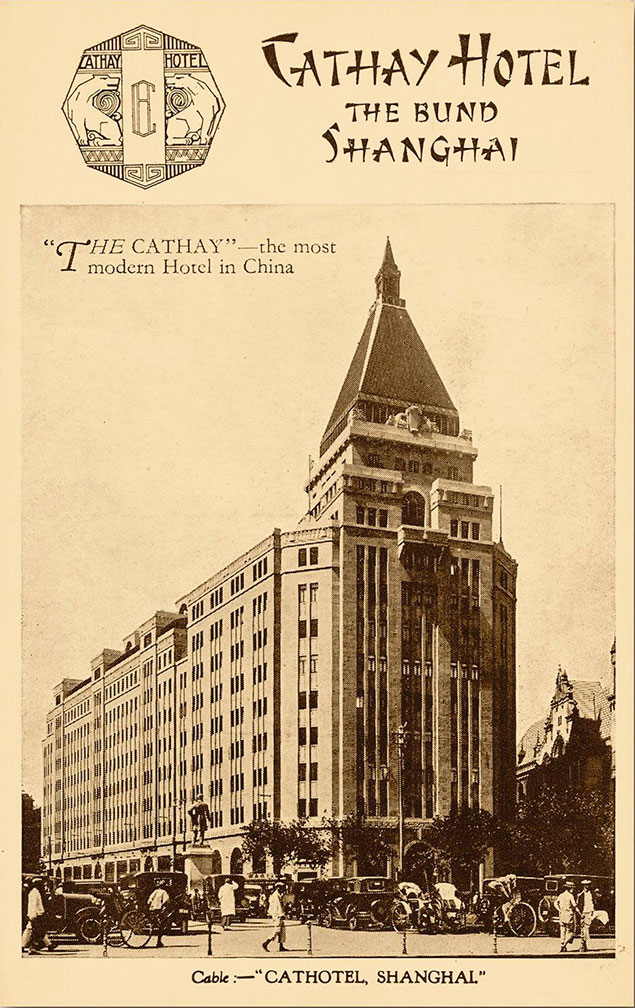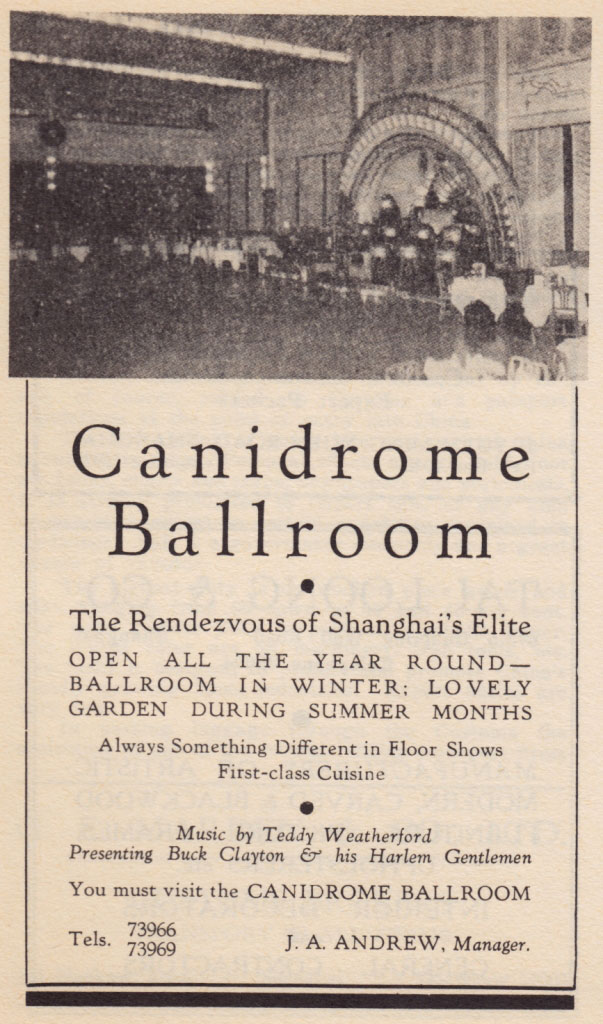Foreigners in Treaty Port China
<p>“I found the Chinese in Shanghai to be a very jolly people, much like colored folks at home. To tell the truth, I was more afraid of going into the world famous Cathay Hotel than I was of going into any public place in the Chinese quarters. Colored people are not welcomed at the Cathay. But beyond the gates of the International Settlement, color was no barrier. I could go anywhere”, Langston Hughes (1902-1967) writes in his autobiography about his visit to Shanghai in 1934.[qtip:1|Hughes, L. 1993 (first published in 1964) <em>I Wonder as I Wander</em>, The Collected Works of Langston Hughes Series #14. New York: Hill & Wang.]</p>
During its Treaty Port era (1843-1943), Shanghai transformed from a trading town of 270,000 residents to a world-renowned metropolis of over 5 million people, attracting fortune-hunters like businessmen, writers, musicians, architects, and refugees from all over the world.
The articles in this section introduce us to some of these foreigners, such as the African-American Jazz pianist Teddy Weatherford (1903-1945), who Langston Hughes met during his visit: “a big, genial, dark man, something of a clown, Teddy could walk into almost any public place in the Orient and folks would break into applause”. In his article, Andrew Field shows how Jazz musicians like Weatherford would have an everlasting impact on the formation of new music genres in the Asia-Pacific region. Likewise, Robert Bickers describes, in his article on the amateur photographer Jack Ephgrave (1914-1979), how the work of the Artists’ Department at Capital Lithographers of the British American Tobacco in Shanghai, which Ephgrave headed, deeply influenced China’s modern visual culture. Moreover, the articles focus on the importance of the study of material culture to a better understanding of the roles these foreigners played in their new homeland. For this reason, this section highlights the important work of various archival projects, such as the University of Bristol’s ‘Historical Photographs of China’ and the Upton Sino-Foreign Archive (USFA) whose unique collection not only includes written materials, but also art works, trophies, medals, and photographs. It is the objects, songs, diaries, and pictures these foreigners left behind that provide us with a glimpse of the city through the eyes of its outsiders.
Lena Scheen is Assistant Professor of Global China Studies at NYU Shanghai (lms14@nyu.edu)

